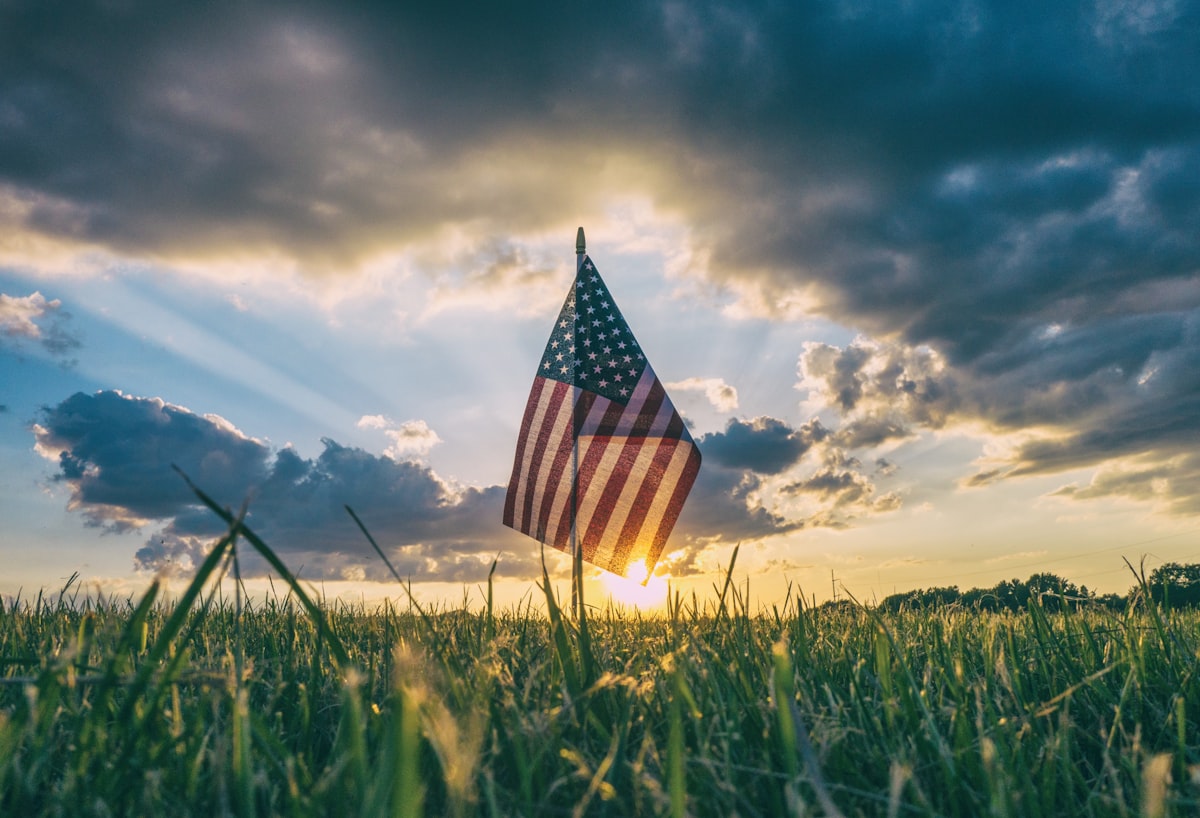Memorial Day: Honoring and Remembering Fallen Soldiers - Teaching and Learning Resources and Interesting Facts
For the past 24 years, I’ve taught social studies to 8th graders. We’ve studied the American Civil War, World War I, and World War II. Here are some Memorial Day resources I've found useful.

Memorial Day is a national holiday observed in the United States on the last Monday of May. This day is intended to honor and remember the men and women who died while serving in the United States Armed Forces. The history of Memorial Day dates back to the Civil War when the graves of fallen soldiers were decorated with flowers. The holiday was originally called Decoration Day and became an official federal holiday in 1971. Traditionally, people visit cemeteries and memorials on Memorial Day to pay their respects to the fallen soldiers and place flowers or flags on their graves.
For the past 24 years, I’ve taught social studies to 8th graders. We’ve studied the American Civil War, World War I, and World War II. The great sacrifices of soldiers throughout the history of our country have shielded us from fascist dictators and allowed us to continue in this Democratic experiment.
Memorial Day Teaching and Learning Resources
- Memorial Day in the Classroom: Resources for Teachers
- Memorial Day Activities, Lesson Plans, and Printables
- Memorial Day Lesson Ideas from Education World
- 21 Meaningful Memorial Day Activities for Kids
- Here’s a nice list of Memorial Day resources from teachinghistory.org
- 8 Memorial Day Activities That Take Ten Minutes or Less
- Teach Hub - Ways to Celebrate Memorial Day with Your Students
10 Interesting Memorial Day Facts
- Memorial Day was originally called Decoration Day and was first observed on May 30, 1868.
- It's customary to fly the American flag at half-staff until noon on Memorial Day.
- The National Moment of Remembrance Act, passed in 2000, encourages Americans to pause for a minute of silence at 3 p.m. local time on Memorial Day.
- The poppy is an enduring symbol of Memorial Day. Inspired by the World War I poem "In Flanders Fields," the poppy became the official flower of the American Legion in 1920.
- Waterloo, New York, is considered the birthplace of Memorial Day. The town first celebrated the holiday on May 5, 1866.
- In 1966, President Lyndon B. Johnson declared Waterloo, New York, the official birthplace of Memorial Day.
- The Tomb of the Unknown Soldier at Arlington National Cemetery in Virginia is an important symbol of Memorial Day. The tomb contains the remains of unidentified American soldiers from World War I, World War II, and the Korean War.
- In 2004, Congress passed the National World War II Memorial Act, which officially designated the National World War II Memorial in Washington, D.C., as a national monument.
- Memorial Day is the unofficial start of summer in the United States. Many people celebrate the holiday with barbecues, picnics, and outdoor activities.
- More than 1 million men and women have died while serving in the United States Armed Forces throughout the country's history.
❤ Enjoy this Article?
🍵 Show Your Support, 🛍 Shop The Store, 👕 Buy Some Swag, 🤗 Share It



